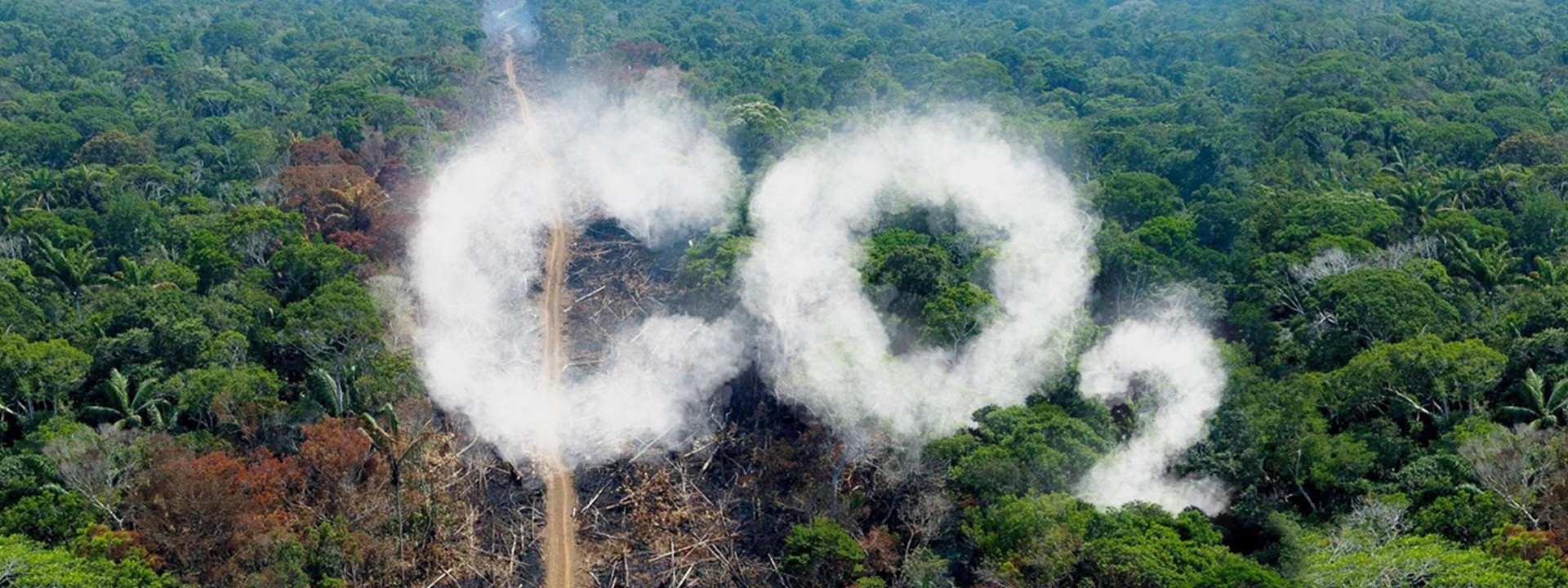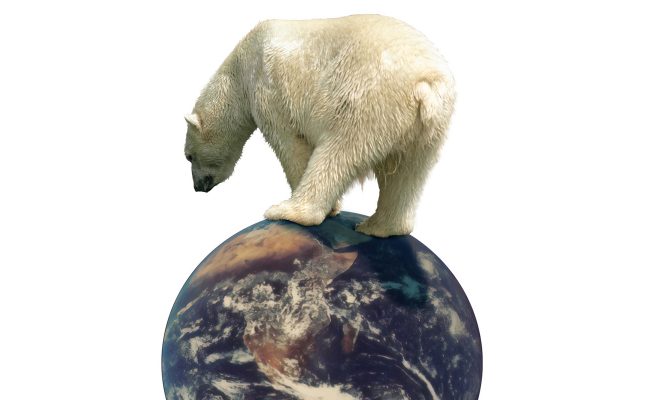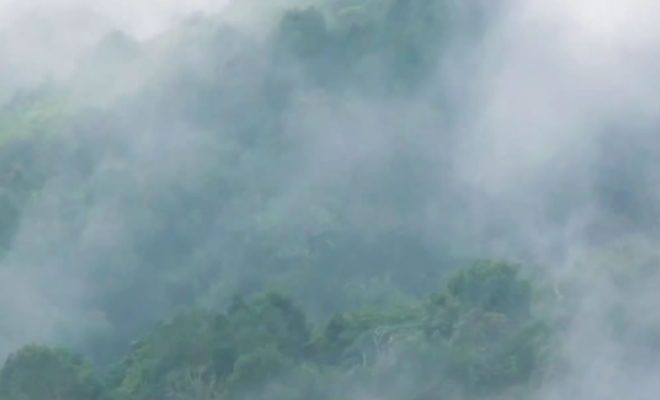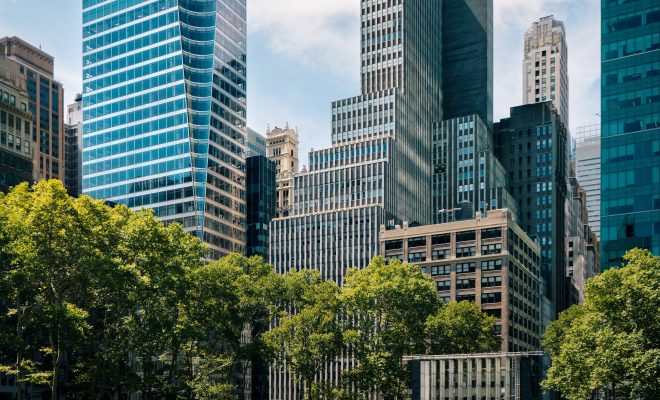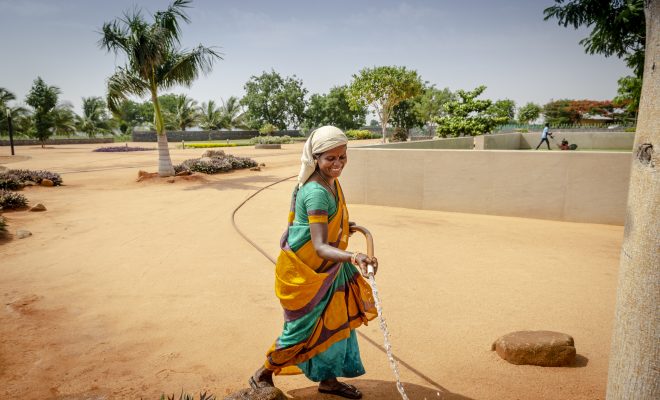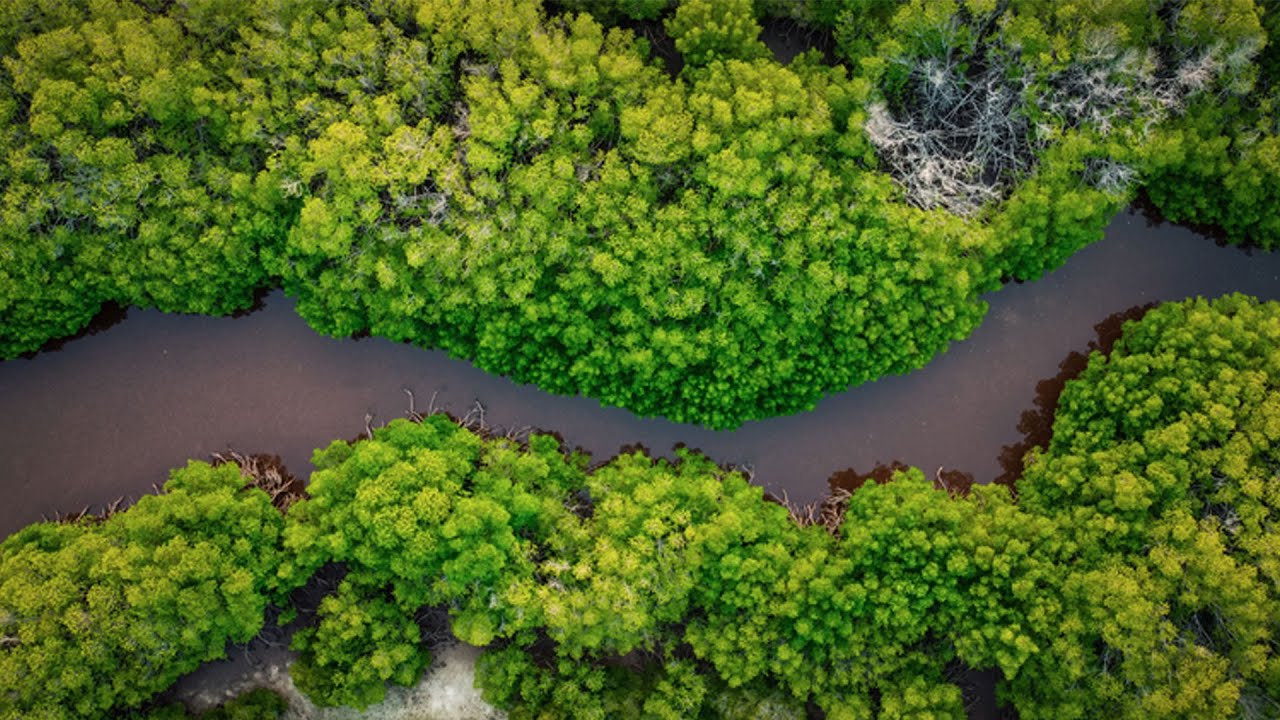
It is one of the regions of the world that has generated the highest number of scientific, environmental, and political alerts in recent decades. Humanity has its eyes on the 6.7 million km² of the largest tropical forest on Earth, which stretches mainly in the Amazon basin, the world’s largest river. The Amazon, which covers the territories of nine South American countries, is the most carbon-intensive tropical forest: it is estimated that 50% of all the CO2 captured by the forests around the equator is concentrated in the vast region; the forest masses of Equatorial Africa and Southeast Asia, including Indonesia, are responsible for removing the remaining half from the atmosphere.
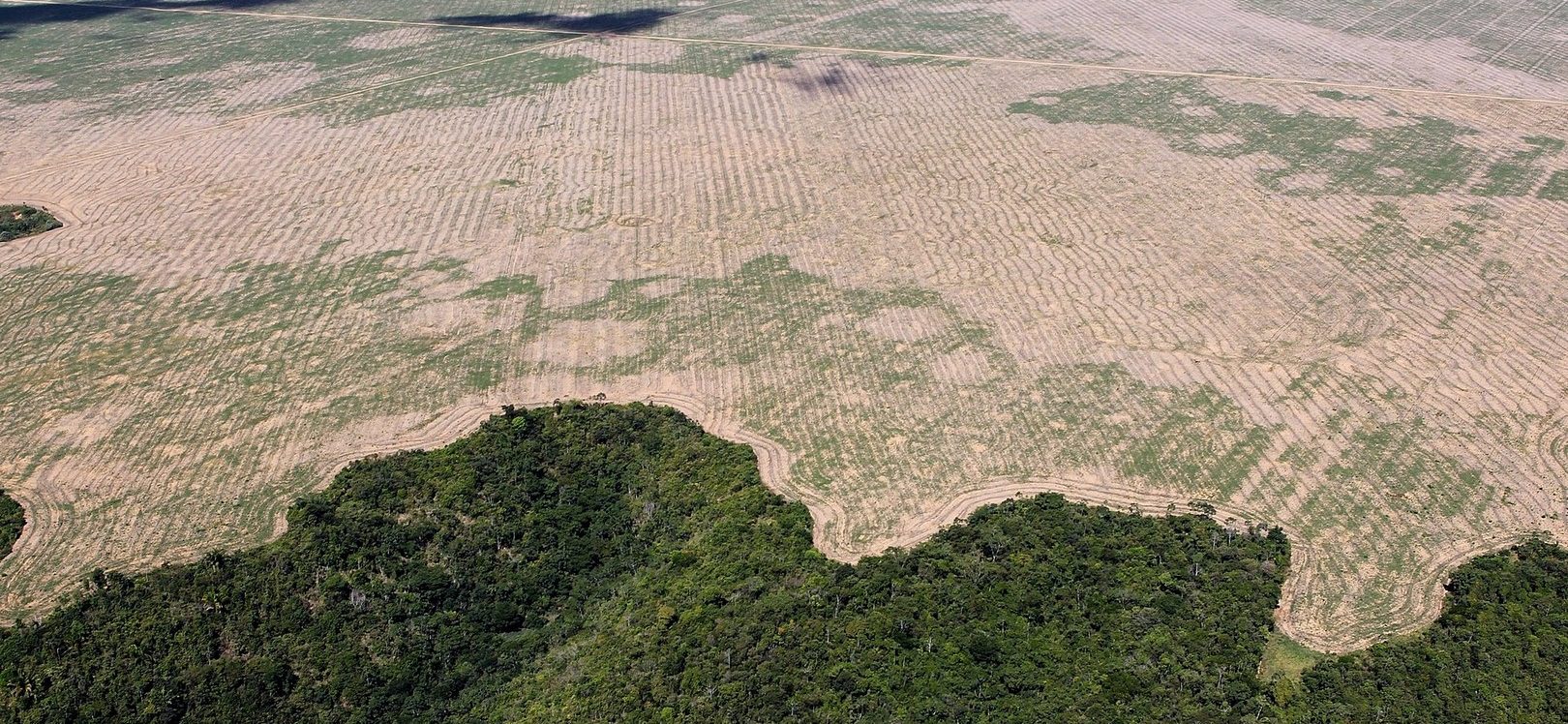
The Amazon needs urgent action to reverse deforestation and the deterioration of the water cycle, which are showing signs of approaching the point of no return.© Julho
These forests are a crucial element in CO2 sequestration. Through chlorophyll function, plants use this gas to produce carbohydrates and other organic compounds that form their structure. It is estimated that Amazon stores 160 to 200 gigatons of carbon, including the living biomass and the soil that supports it.
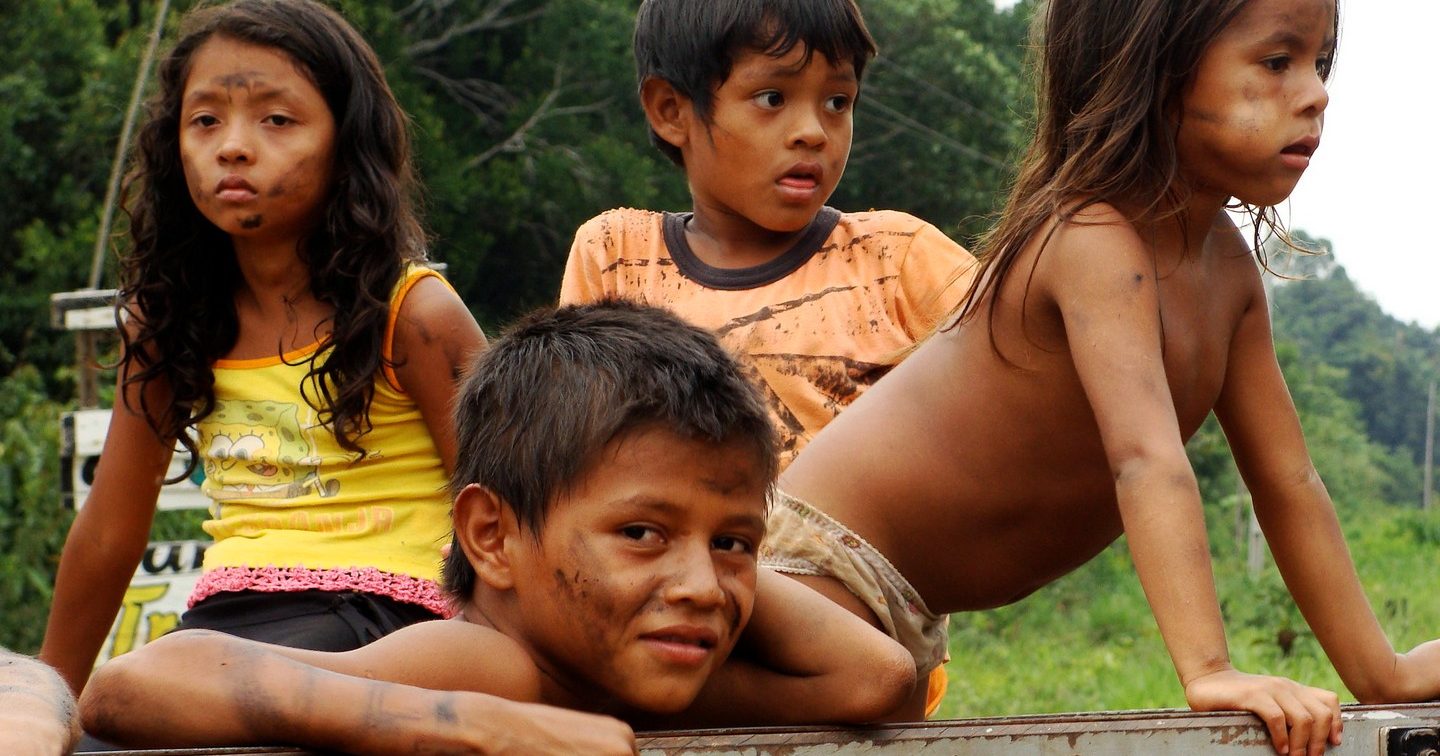
Fighting the climate crisis, maintaining biodiversity and justice for indigenous people require a healthy and protected rainforest.© Ben SutherlandS
Close to the point of no return
This carbon store is decreasing in extension and quality, alarming scientists. IPAM Amazônia assures that the loss of forest mass between 2020 and 2021 has reached 8,712 km2. In the 1990s, this forest absorbed 2 billion tons of CO2; now this figure has been reduced by half.
The leading cause is deforestation. The expansion of extensive cattle ranching, soybean cultivation, and the extraction of high-quality timber, such as mahogany, ipe, and Amazonian cedar, are causing the forest to recede.
According to the IPCC, Amazon has already lost 17% of its biomass since the 1970s, and recent studies warn that the point of no return could occur at any time after a 20% loss. If deforestation is not halted urgently, it is more than likely that this critical point will be reached between 2040 and 2055, and the Amazon will lose its ability to regenerate naturally.
In such a situation, scientists point to the possibility that the carbon balance will be reversed and forests will emit more carbon than they absorb. When it dies, vegetation releases stored carbon into the atmosphere gradually; in the case of a fire, a practice sometimes used in intentional deforestation, the emission is immediate. However, at present, science cannot determine with certainty when this reversal in the carbon balance might occur. The tropical forest is a very complex system, and the absorption of this element depends, in addition to deforestation, on other factors such as temperature increase, soil degradation, and prolonged droughts.
The “flying rivers” must not be stopped
Beyond carbon absorption, the water cycle in the Amazon rainforest is one of the critical regulators of the global climate. In recent decades, scientists have been discovering fascinating insights into how individual plant species contribute to the water cycle of the rainforest as a whole.
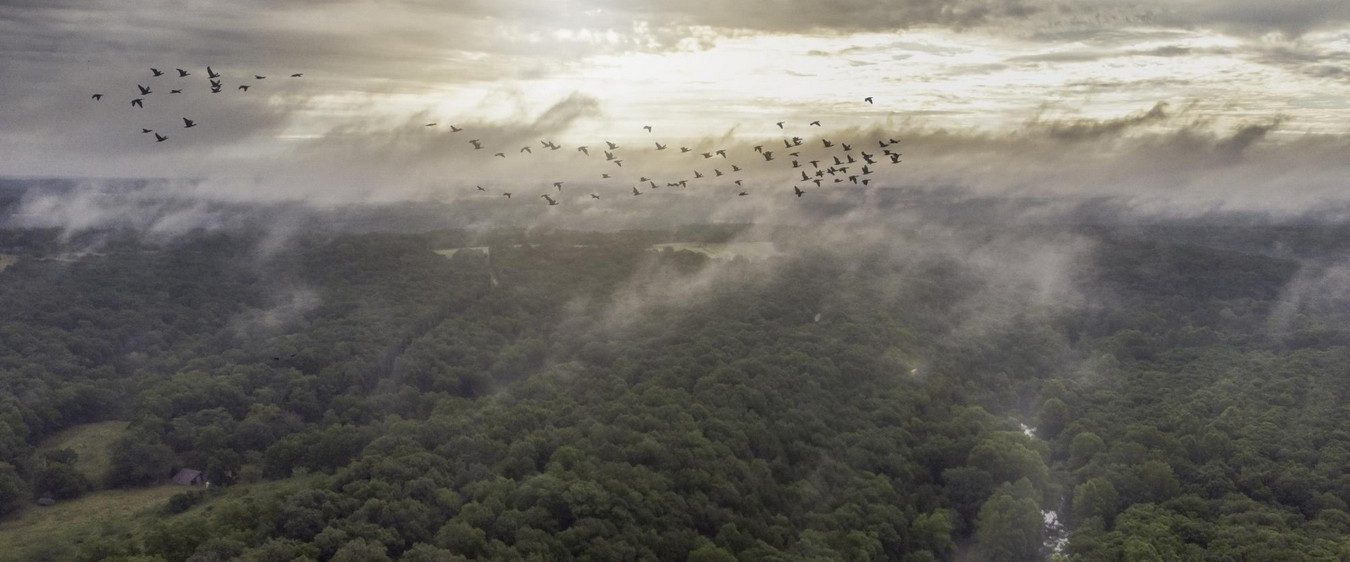
Beyond carbon absorption, the water cycle in the Amazon rainforest is one of the critical regulators of the global climate © Wirestock/Freepik
The moisture that the biomass emits into the atmosphere is carried by the trade winds from east to west, bringing moisture from the Atlantic Ocean and suspended nutrients. These are the so-called “flying rivers,” which are the real drivers of the region’s meteorology, as they determine rainfall and ambient temperature. This system is, in turn, closely linked to biodiversity, and they provide an excellent example of why the balance of nature is a fundamental asset for our future.
Symptoms of deterioration
Forest degradation causes the phenomenon called “savannization.” As it loses its capacity to recycle water, the dry season begins to lengthen, and the area’s ambient temperature increases; the climate becomes similar to that of the savannas: wet and dry seasons are highly differentiated and unstable over time.
There are already signs that this is happening. In the southern part of the Amazon basin, the dry season is lengthening from Bolivia to the Atlantic; in the last 40 years, it has increased from three to four weeks. In these periods, with less rainfall, the temperature increases by two to three degrees, which affects the entire ecological system. Recent studies have detected an increase in the mortality rate of some of the most moisture-needy plants.
Scientists warn that this is a symptom of approaching a point of no return and call for more investment to learn more about the mysteries the forest has not yet unraveled. How does a one-degree temperature increase affect plants? What about alterations in trade winds? Does savannization lead to the introduction of invasive species? These are questions that can provide valuable answers.
Zero deforestation to start regenerating
The political will to save the Amazon is essential, given the solid economic pressures to continue developing cattle ranching, intensive monocultures, timber extraction, and mining. The current Lula da Silva government has revived the ideas of the 2004 plan, which was very successful since it brought deforestation down by 83% from when it came into effect until 2012. Then, under Jair Bolsonaro, the plan was repealed, and the Amazon again deteriorated at an accelerated rate. Lula’s plan is based on 194 lines of action to achieve zero deforestation within seven years.
Among other measures, it aims to create three million hectares of new nature reserves, protect some 230,000 kilometers of riverbanks in the immense basin and seize 50% of the illegally deforested land. The urgent goal is to halt deforestation by 2030 entirely and, at the same time, begin to promote the restoration of the original forest. Experts applaud the idea of adopting a bioeconomy model developed jointly with indigenous populations, those who have suffered most from the impact of extractivism; it is based on promoting family farming, sustainable conditions for the tourism industry, and respect for ancestral cultures.
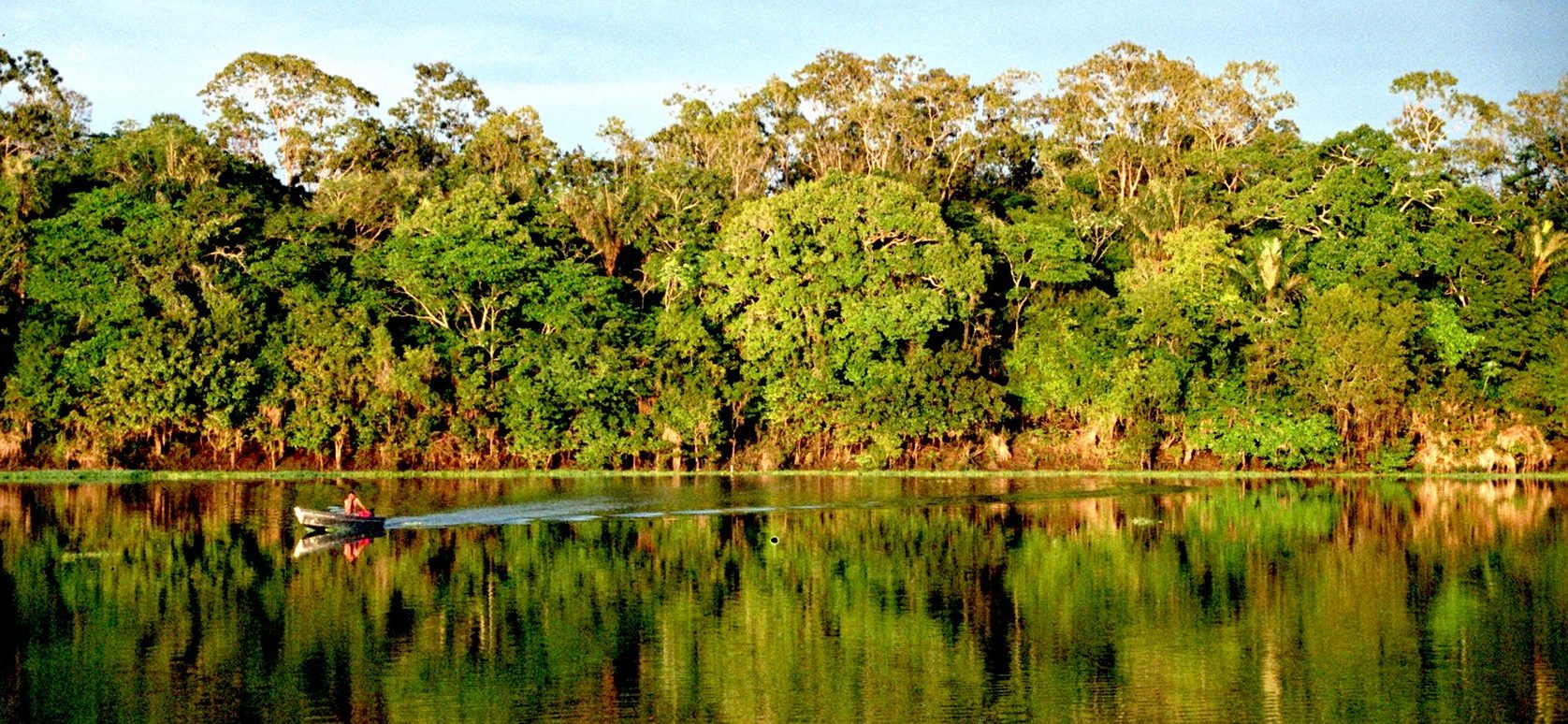
The political will to save the Amazon is essential. © Andre Deak
The plan also includes measures that scientists urgently call for: creating daily deforestation alerts and hiring 1,600 environmental analysts over the next three years to gather as much information as possible. The plan has to overcome intense pressure from the agricultural lobby; if it succeeds, tangible progress should be seen at COP 30, to be held in the Brazilian city of Belém in 2025.
The Amazon forest is the result of millions of years of evolution. Now, in a few decades, we have put it in danger. This is another of the consequences of the Anthropocene that we must address and solve.


